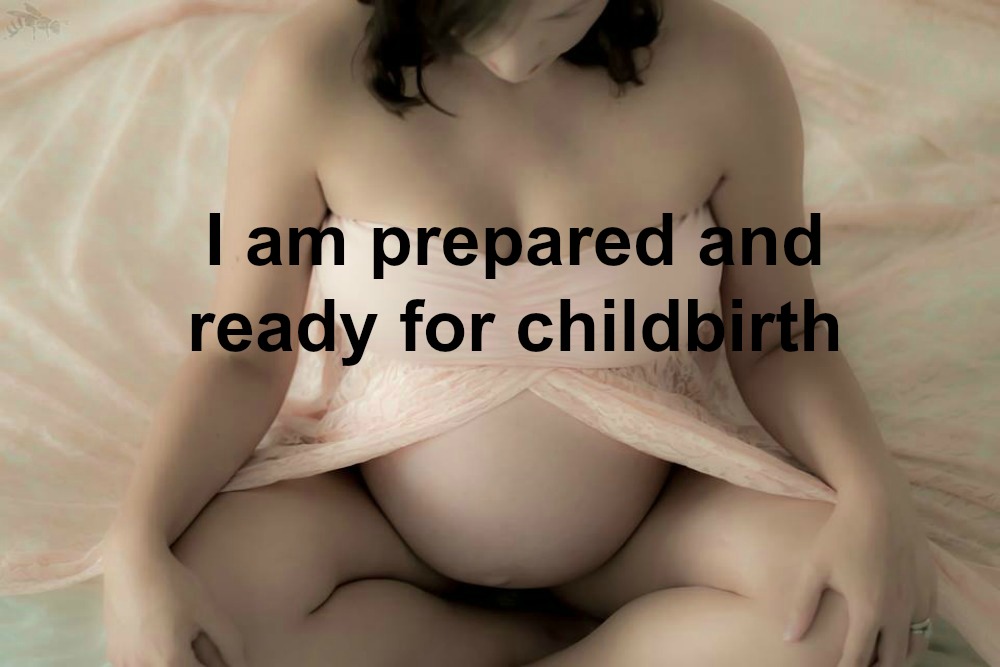Did you know?
There are people that have life-threatening allergies to anesthetics who successfully undergo medical and dental surgery with hypnosis as their only anesthesia! If hypnosis can create effective pain elimination for surgeries of all kinds, we know it can work for childbirth, and it does quite well. Your mind is much more powerful than you may realize, and right now you’re using only 10% of it. You can easily tap into that gold mine and you’ll be amazed at what you can do!
Medical Research Supports the Benefits of Using Hypnosis for Childbirth:
- A 2001 retrospective survey found that nulliparous childbirth hypnosis students averaged 4.5 hours of active labor and just over 1 hour for second stage. It also found a 7% maternal request epidural rate for normal vaginal births. The cesarean rate was 6.7%. Breastfeeding without formula supplementation: 93%. Women who would use this method again: 96%.1
- A 1990 study compared childbirth hypnosis and typical childbirth preparation techniques. The hypnosis group reported reduced pain, shorter stage one labors, less medication, higher APGAR scores, more frequent spontaneous deliveries and lower depression scores after birth.2
- A 2006 study showed that of the nulliparous women taught self-hypnosis for birth 36% used epidurals (compared to 53% of the non-hyp(compared to 36% of the control group).3
- A 1993 semi-prospective case control study found a shorter first stage of labor for primagravidas (6.4 hours after hypnosis and 9.3 for the control). The mean lengths of second stage for 37 minutes for the hypnosis group and 50 minutes for the control. For multiparas the first stage was 5.3 hours for hypnosis students and 6.2 hours for the control. Multiparas had almost identical second stages: 24 and 22 minutes respectively.4
- In 1994 a prospective case series studied the use of hypnosis in turning breech babies. It compared women who received hypnotherapy after 37 weeks gestation to women who received standard obstetrical care. 81% of the babies in the hypnotherapy group converted to vertex compared to only 48% of the babies in the control group.5
- A 2003 Cochrane Database systematic review found that women taught self-hypnosis were half as likely to require pharmacological analgesia and were 2.33 times more satisfied with their pain management in labor compared to controls.6
- In a 1986 study that compared hypnosis and Lamaze training, the first stage of labor was shortened in the hypnosis group by 98 minutes for first time mothers and by 40 minutes for second time mothers. These women were more satisfied with labor and reported other benefits such as reduced anxiety and insomnia.7
- A 2001 randomized controlled trial of teenage mothers was done. Of the 22 moms using hypnosis, none experienced surgical intervention, compared with 12 of the 20 moms in the control group. Consistently fewer patients in the hypnosis group used anesthesia, pitocin or postpartum medication and fewer had infants admitted to the NICU.8
1 Gallagher (2001) Hypnosis for Childbirth: A retrospective survey of birth outcome using prenatal self-hypnosis.
2 Harmon, Hynan, Tyre (1990) Improved obstetric outcomes using hypnotic analgesia and skill mastery combined with childbirth education.
3 Cyna, Andrew, McAuliffe (2006) Antenatal self-hypnosis for labour and childbirth: a pilot study.
4 Jenkins, Pritchard (1993) Hypnosis: practical applications and theoretical considerations in normal labor.
5 Mehl (1994) Hypnosis for turning breech baby
6 Smith, Collins, Cyna, Crowther (2003) Complementary and alternative therapies for pain management in labour.
7 Weishaar (1986) A comparison of Lamaze and hypnosis in the management of labor.
8 Martin, Schauble, Rai, Curry (2001) The effects of hypnosis on the labor processes and birth outcomes of pregnant adolescents.











